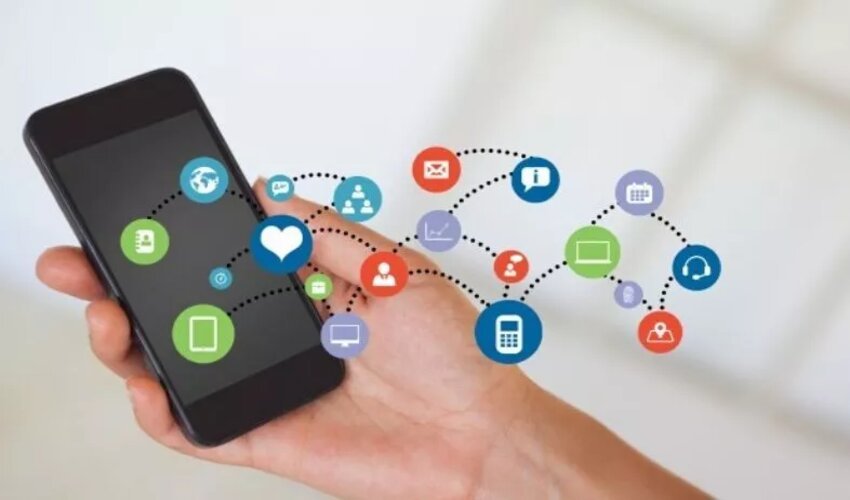Technology leaders are under increasing pressure to deliver more and better native mobile experiences faster than ever before as we all spend more time on our devices. From banking to retail, medical care to transportation, each industry is understanding that offering versatile application encounters is basic to endurance.
When it comes to providing these experiences, technology leaders face a challenging task, particularly given that app quality, security, and business agility are success metrics. Utilizing local versatile test automation procedures as a component of the improvement interaction can assist with guaranteeing that these prerequisites are met and that buyers are more than happy.
Companies are attempting a variety of solutions to these problems, such as “shifting left,” in which the development team assumes more testing responsibilities, and utilizing AI to speed up the testing process and increase coverage. A well-reputed apps test company always takes this into consideration.
However, visual AI is the technology that will help ensure brand loyalty and integrate mobile apps into the subsequent generation of customer experiences. Through improved quality engineering tactics and strategies, software engineering leaders and development teams can use visual AI to better prepare themselves for the growing challenges of mobile app testing.
The number of UI/UX combinations for a mobile app is too numerous for development and quality assurance teams to navigate without visual AI. Fortunately, there is another mechanical methodology fueled by visual artificial intelligence to non concurrently approve a local portable application equal and effectively across a wide range of gadgets in a solitary test execution (sections handfuls or hundreds).
This indicates that visual AI-powered native mobile testing can provide instant access to and validation for a large number of mobile devices with various operating systems and screen sizes/viewports. Additionally, because it is asynchronous, teams do not have to wait for the device to connect or for test results, allowing tests to run as quickly as possible.
Visual AI-powered mobile testing technologies can now perform better than traditional real-device testing clouds and in-house device testing farms; Now, tests that used to take 8 to 10 minutes are completed in less than two minutes.
Visual AI-powered technology is being used by engineering teams that need to ship high-quality mobile apps quickly to cut test execution times by up to 90%. Additionally, these technologies do not necessitate extensive training for technology teams. In just a few minutes, users can start using the system. They can carry out automated tests on simulated mobile devices in a matter of seconds by making use of cutting-edge computer vision AI algorithms that are already present. Teams that use this technology say that their test coverage is significantly higher than the benchmark and that their release velocity is faster.
By the day’s end, realizing that visual and utilitarian relapse can be quickly spotted with visual man-made intelligence across all cell phone varieties gives an inward feeling of harmony to those liable for guaranteeing that a portable client experience is precise as planned for the client. This is very important for apps test company.
Ensure that native mobile app testing can finally keep up with mobile app development, it is the ultimate goal for any business facing the challenges of mobile app delivery and brand experience. With visual AI, it is now possible to continuously release mobile apps at a speed and accuracy that traditional mobile testing methods cannot match.



